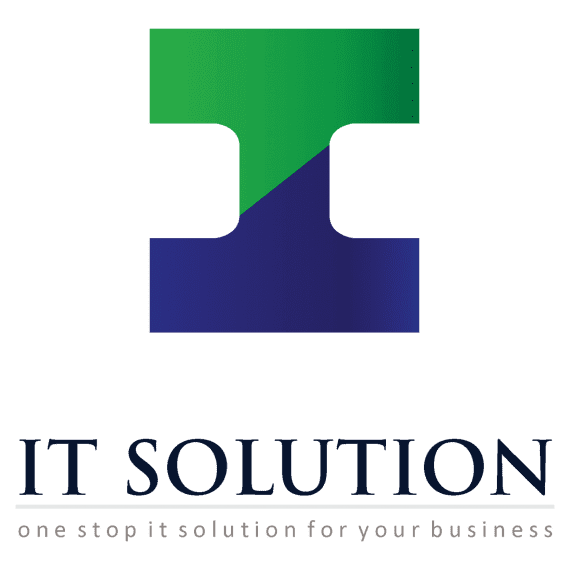Making IT systems more efficient can lead to better productivity and smoother operations for businesses of all sizes. Whether it’s faster processing times or more reliable network connectivity, enhancing the efficiency of your IT systems is crucial for staying competitive and meeting organisational goals.
When systems run efficiently, daily tasks are completed more quickly, downtime is reduced, and employees experience less frustration. This can translate into higher morale and a more motivated team. By focusing on performance improvements, businesses can better serve their clients and improve overall satisfaction.
Upgrading outdated hardware, maintaining software updates, and investing in new tools can transform how an organisation functions. Simple changes and regular maintenance can make a huge difference in performance levels, helping businesses save time and resources. Embracing these steps lays the foundation for a more robust and future-ready IT infrastructure.
How to Optimise Your Technology Systems for Better Results
1. Assessing Current IT Infrastructure
Evaluating your IT infrastructure is the first step towards making systems more efficient. Start by identifying performance bottlenecks and redundancies within your existing setup. Common bottlenecks may involve slow processing speeds or insufficient memory, which hinder the performance of essential tasks. Redundancies, such as duplicate software applications, consume unnecessary resources and can slow down operations.
Analytics plays an essential role in understanding how well your systems are functioning. By analysing system metrics, you can gain insights into usage patterns and detect inefficiencies that might not be immediately apparent. Tracking performance data helps pinpoint the areas that need improvement, aiding in informed decision-making and resource allocation.
Outdated hardware or software is a frequent cause of sluggish system performance. Older equipment tends to struggle with the demands of modern applications, leading to slower processing times and increased risk of failure.
Regular inventory checks help identify which components need updating. Consider replacing outdated machinery and upgrading software to ensure compatibility with the latest technologies. These changes can enhance overall efficiency and position the organisation for future technological advancements.
Optimising System Performance
Optimising system performance involves making thoughtful improvements to both hardware and software. Several actionable strategies can significantly boost performance:
Schedule regular software updates to ensure systems operate at peak efficiency.
Upgrade hardware components, such as increasing RAM or installing a faster processor.
Remove unneeded programs and files to reduce clutter and free up system resources.
Maintenance is key to maintaining speed and reliability. Clearing digital clutter by uninstalling unused applications and deleting temp files can make a noticeable difference. Regularly defragmenting your hard drive and performing malware scans also helps keep systems running smoothly.
Automation presents a powerful way to improve efficiency by reducing manual workloads. Automated processes streamline repetitive tasks, saving time and reducing errors. Consider using automation tools for tasks like data entry, report generation, or system monitoring to free up valuable human resources for more strategic activities.
By focusing on these improvements, businesses can ensure their IT systems are finely tuned and capable of handling current demands while remaining adaptable for future growth. These efforts not only enhance performance but also contribute to a more agile and responsive IT environment.
2. Enhancing Network Connectivity
Improving network connectivity is essential for ensuring smooth business operations. To boost network speed and reliability, consider upgrading your bandwidth. A higher bandwidth allows more data to be transmitted at once, reducing lag and enhancing user experience. Evaluate your current internet provider and plan to see if it meets the demands of your business activities.
Cloud services offer numerous advantages when it comes to network flexibility and access. By moving data and applications to the cloud, businesses can allow staff to access resources from anywhere, promoting remote work and collaboration. This flexibility can lead to increased productivity as employees can work more efficiently from different locations.
Securing your network infrastructure is a priority to prevent disruptions. Regularly update security protocols and use firewalls to protect against unauthorised access. Encrypt sensitive information and implement secure Wi-Fi connections to safeguard against cyber threats.
Conducting regular network audits helps identify vulnerabilities and address issues promptly, ensuring that your network remains robust and efficient. Keeping these points in mind can help maintain network stability and improve overall connectivity for your business.
3. Streamlining IT Operations with Tools
Streamlining IT operations can lead to significant improvements in efficiency. Investing in the right tools and software helps manage IT tasks and reduces manual intervention. Tools like system monitoring software can automatically track performance and alert administrators to issues before they escalate.
Integrating management tools contributes to centralising IT operations. This integration unifies different IT processes into a single interface, making it easier to track and manage operations. It simplifies workflow management and enhances collaboration among IT teams.
Training staff to use new technology effectively is crucial for successful implementation. Offer hands-on training sessions and provide comprehensive manuals to get employees comfortable with new tools.
Encourage a culture of knowledge sharing, where employees can learn from each other’s experiences. Regular workshops and updates can keep the staff informed about the latest features, ensuring they can leverage new tools to their fullest potential.
Conclusion
Improving IT systems’ efficiency is not a one-time task but a continuous journey that involves careful assessment, regular updates, and embracing new technologies. By enhancing system performance, strengthening network connectivity, and streamlining operations with the right tools, businesses can unlock significant gains in productivity and growth.
Focusing on these areas enables organisations to adapt to changing demands quickly, positions them for sustainable success, and helps ensure that their IT infrastructure supports their strategic goals.
Turn your IT challenges into strengths with IT Solution. With our expertise, we can guide you through the process of optimising your systems, ensuring that your business remains agile and competitive. Discover how we can help enhance your IT support infrastructure effectively!








